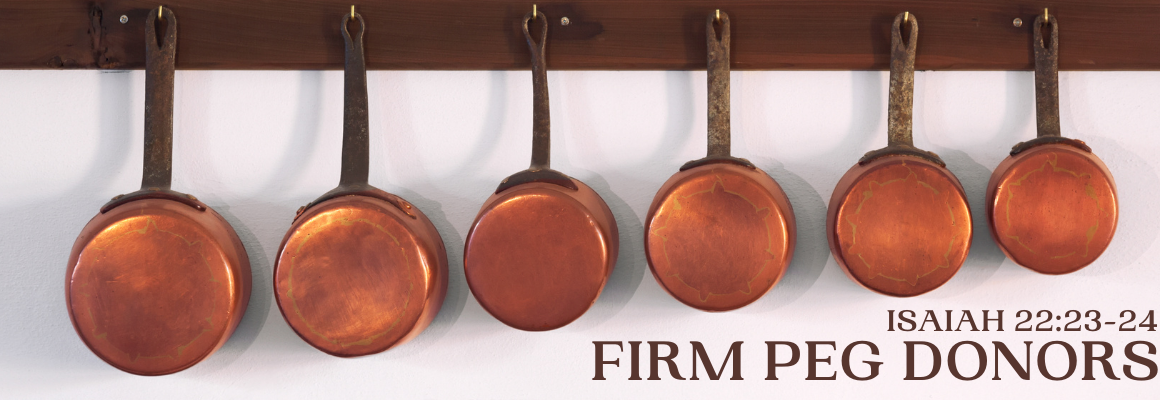Did you know? “It takes eleven days to go from Horeb to Kadesh Barnea by the Mount Seir road” (Deut. 1:1). The ETA to the Promised Land was less than two weeks, but the Children of Israel took the not-so-scenic 40-year route. Your journey to a successful capital campaign is rarely a straight line—lots of mountains and valleys stand in your way. Visionary leaders dream big; that’s why people love and follow them. You might fast track your strategic plan and capital campaign, but sometimes reaching your Big Holy Audacious Goals (BHAG) seems more like running a marathon. Like Moses, you may have to realize your dream in phases. What steps should you take to keep moving forward?
Research
At Kadesh Barnea, the Lord instructed Moses to send representatives from each tribe on a vision trip into the Promised Land. They evaluated the land, people, cities, trees, crops, and brought back some incredible evidence—clusters of grapes so huge they had to be carried on a pole between two of them. Before launching your capital campaign, you must do your due diligence. What indications do you have that your dreams are attainable?
Faith
A successful campaign isn’t just about counting the cost; faith is an important element. Twelve men saw the same data—ten focused on the giants and fortified cities but only two focused on what God could accomplish. Unfortunately, the majority ruled and voted against God’s plan. In your situation, the majority also rules. You may have the right vision, but without buy-in from your key supporters you may have to adjust your plan.
Reality Check
The children of Israel were impulsive. One minute they refused to walk by faith into the Promised Land, but when God told them they couldn’t, they decided to do it without his blessing (see Num. 14:35-49). Their efforts resulted in disaster. Sometimes, feasibility studies reveal that your donor base doesn’t have the capacity or the interest to fund your dream. It’s foolish to launch a campaign when your key indicators predict failure.
Perseverance
The Lord wasn’t finished with Israel even though they failed their first test. Moses wrote down every stop along their journey as a record of God’s grace. Forty years later they were prepared for Joshua to lead them into the Promised Land. If your feasibility study reveals that you’re not ready for a campaign, you can still achieve milestones toward your goal. Perhaps you could consider a phased approach. What part of your plan could you accomplish?
Think About This: “Remember how the Lord your God led you all the way in the wilderness these forty years, to humble and test you in order to know what was in your heart, whether or not you would keep his commands” (Deut. 8:2). Is God humbling and testing you in your fundraising journey?
Response: Lord, we want to accomplish something of eternal significance. Please help us walk by faith toward your goals, not ours.




